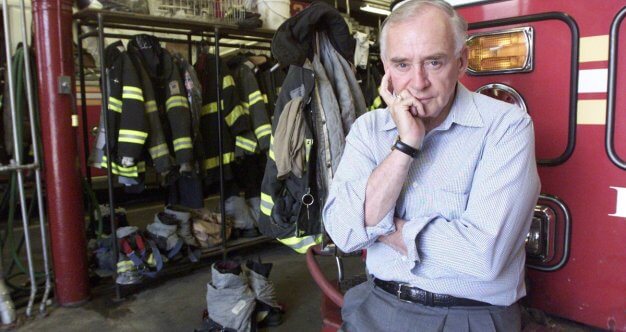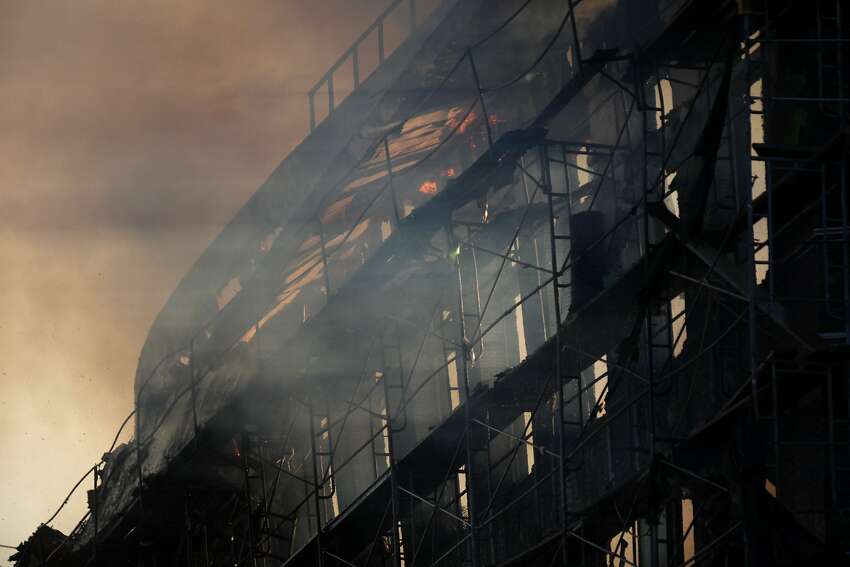

Once I get everything lined up perfectly, I simply add a layer mask and use a soft brush with a low opacity to paint a hole through the original image to reveal elements of mine underneath. From there I usually need to do some vertical perspective adjustments to my photo since most photos from 1906 were properly shifted in the lens (or I use my own tilt/shift lens on site). Then I put the original’s opacity to about 50% so I can see my original below it and then resize/rotate/drag it to get it close to matching my photo.

I put that one in Photoshop as a smart object and drop the original photo as another layer. When I get back into Lightroom I can browse through all of them and better choose which photo is closest to the original. I then take lots of shots at slightly different spots and focal lengths while comparing on my viewfinder vs. What was the process like to create these images?Shawn: The basic technique is to start with the ‘before’ photo and find the approximate spot where it was taken. What sparked your interest in the 1906 San Francisco Earthquake? How did you get the idea to merge the old 1906 pictures with the current day photos?Shawn: I was reading the book “ San Francisco is Burning” by Dennis Smith and began thinking about doing some before-and-after photos with a twist. It was version 4.0 I believe, long before the CS version numbering system. In addition to photography, I’m into flying four-seater airplanes, bike racing, Muay Thai boxing, urban exploration, travel, science, and tech. We were inspired by Shawn’s unique use of Photoshop and got a chance to ask him a few questions about how this project came to life. Shawn Clover found a creative way to use Photoshop to tell the story of how San Francisco has recovered from the city’s 1906 earthquake.Ĭlover put a twist on the traditional “before and after” format by taking his own present-day images and merging them with early post-earthquake photographs using Photoshop tools. But one photographer caught our eye with a project that manipulates time with a very unique approach. Manipulating time is a theme photographers have used for decades with techniques like time-lapse, stop-motion and long-exposure photography.

Shawn Clover Merges Past and Present in Earthquake Blend Photos


 0 kommentar(er)
0 kommentar(er)
